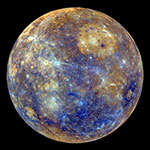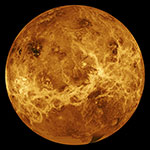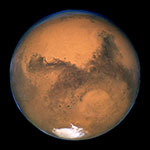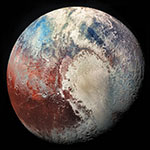The Orbital Period Of Planets In Our Solar System
Orbital period refers to the time it takes for a planet or any celestial object to complete one full orbit around its central body, typically the Sun in the case of planets within our solar system. It represents the duration from one point in the orbit, such as perihelion or aphelion, back to the same point again.
The orbital period of a planet is influenced by two primary factors: the mass of the central body and the distance between the planet and the central body. According to Kepler's laws of planetary motion, planets move in elliptical orbits with the central body located at one of the foci of the ellipse. The shape and size of the orbit, determined by these factors, directly affect the orbital period.
The orbital period of a planet can vary greatly depending on its distance from the central body. Generally, planets closer to the Sun have shorter orbital periods, as they have smaller orbits and need less time to complete one revolution. For example, Earth has an orbital period of approximately 365.25 days, commonly known as a year.
On the other hand, planets farther from the Sun have longer orbital periods, requiring more time to complete their orbits. For instance, Mars, with its greater distance from the Sun, has an orbital period of roughly 687 Earth days. The giant gas planet Jupiter takes around 11.86 Earth years to complete one orbit, while the distant Pluto, now reclassified as a dwarf planet, has an orbital period of about 248 Earth years.
| Name | Days | Ratio to Earth Value | |
|---|---|---|---|
| Moon |  |
27.3 | 0.0748 |
| Mercury |  |
88 | 0.241 |
| Venus |  |
224.7 | 0.615 |
| Earth |  |
365.2 | 1 |
| Mars |  |
687 | 1.88 |
| Jupiter |  |
4331 | 11.9 |
| Saturn |  |
10747 | 29.4 |
| Uranus |  |
30589 | 83.7 |
| Neptune |  |
59800 | 163.7 |
| Pluto |  |
90560 | 247.9 |

